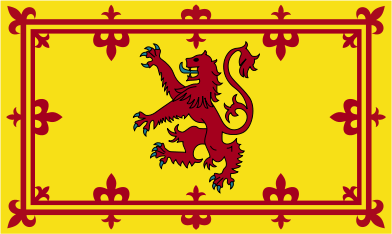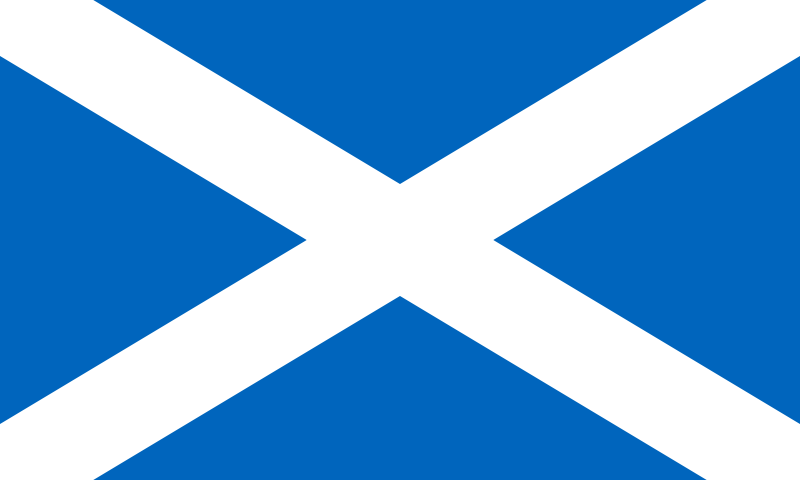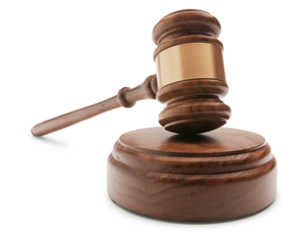
- •Міністерство освіти і науки україни
- •Методичні рекомендації
- •Education in the United States of America
- •Ukraine is Our Motherland
- •Ukrainian Transport
- •Water Resources of Our Motherland
- •The Agricultural Country
- •Science in Ukraine
- •The Northern Gem of Great Britain
- •Some Facts About the Northern Part of Great Britain
- •S cottish Law and Political System
- •Economy and Transportation System of Scotland
- •Unit 5 Forms of Business. A Trading Company
Some Facts About the Northern Part of Great Britain
D emography
of Scotland
emography
of Scotland
1.The population of Scotland is over 5 million people. Although Edinburgh is the capital of Scotland it is not the largest city. With a population of just over 584,000, this honour falls to Glasgow. Scotland has three officially
The Scottish flag recognised languages: English, Scots, and Scottish Gaelic. Almost all Scots speak Scottish English. Gaelic is mostly spoken in the Western Isles.
N ational
symbols
ational
symbols
2.The national flag of Scotland, known as St. Andrew's Cross, dates from the 9th century, and is thus the oldest national flag still in use. Since 1606 St. Andrew's Cross has also formed part of the design of St.Andrew’s Cross
the Union Flag. There are numerous other symbols and symbolic artefacts, both official and unofficial, including the thistle, the tartan that often signifies a particular Scottish clan and the Lion Rampant flag. St Andrew's Day, 30 November, is the national day. Since 2007 it has been a public holiday.
S cottish Law and Political System
3.Scotland's head of state is the monarch of the United Kingdom, currently Queen Elizabeth II (since 1952). Scotland has partial self-government within the United Kingdom as well as representation in the UK Parliament. Scotland's legal system continues to be The creation of Union Jack
separate from those of England and Wales and Northern Ireland. Executive and legislative powers have been devolved to, respectively, the Scottish Government and the Scottish Parliament at Holyrood in Edinburgh. The United Kingdom Parliament retains power over levels of UK taxes, social security, defence, international relations and broadcasting. The Scottish Parliament is a single legislative chamber comprising 129 Members elected for a four-year period. The Queen appoints one Member of the Scottish Parliament, (MSP), to be First Minister. Other Ministers are appointed by the First Minister. Scotland is represented in the British House of Commons by 59 MPs. The Scottish Parliament has legislative authority for all other areas relating to Scotland, as well as limited power to vary income tax. For instance, the costs of a university education, and care services for the elderly are free in Scotland, while fees are paid in the rest of the UK. Scotland was the first country in the UK to ban smoking in enclosed public places.
 4.Scots
law provides for three types of courts responsible for the
administration of justice: civil, criminal and heraldic. The supreme
civil court is the Court of Session, although civil appeals can be
taken to the Supreme Court of the United Kingdom (or before 1 October
2009, the House of Lords). The High Court of Justiciary is the
supreme criminal court in Scotland. The Court of Session is housed at
Parliament House, in Edinburgh with the High Court of Justiciary and
the Supreme Court of Appeal currently located at the Lawnmarket. The
sheriff court is the main criminal and civil court, hearing most of
the cases. There are 49 sheriff courts throughout the country. The
Court of the Lord Lyon regulates heraldry. Within criminal law, the
Scots legal system is unique in having three possible verdicts:
"guilty", "not guilty" and "not proven".
Both "not guilty" and "not proven" result in an
acquittal with no possibility of retrial. Scots juries consist of
fifteen, not twelve jurors, as is more common in English-speaking
countries.
4.Scots
law provides for three types of courts responsible for the
administration of justice: civil, criminal and heraldic. The supreme
civil court is the Court of Session, although civil appeals can be
taken to the Supreme Court of the United Kingdom (or before 1 October
2009, the House of Lords). The High Court of Justiciary is the
supreme criminal court in Scotland. The Court of Session is housed at
Parliament House, in Edinburgh with the High Court of Justiciary and
the Supreme Court of Appeal currently located at the Lawnmarket. The
sheriff court is the main criminal and civil court, hearing most of
the cases. There are 49 sheriff courts throughout the country. The
Court of the Lord Lyon regulates heraldry. Within criminal law, the
Scots legal system is unique in having three possible verdicts:
"guilty", "not guilty" and "not proven".
Both "not guilty" and "not proven" result in an
acquittal with no possibility of retrial. Scots juries consist of
fifteen, not twelve jurors, as is more common in English-speaking
countries.
